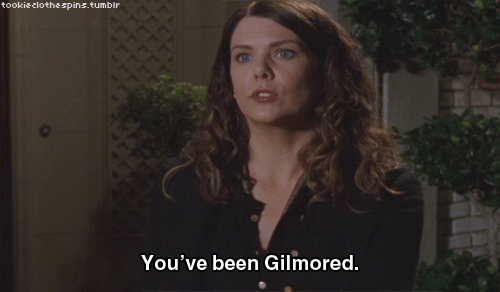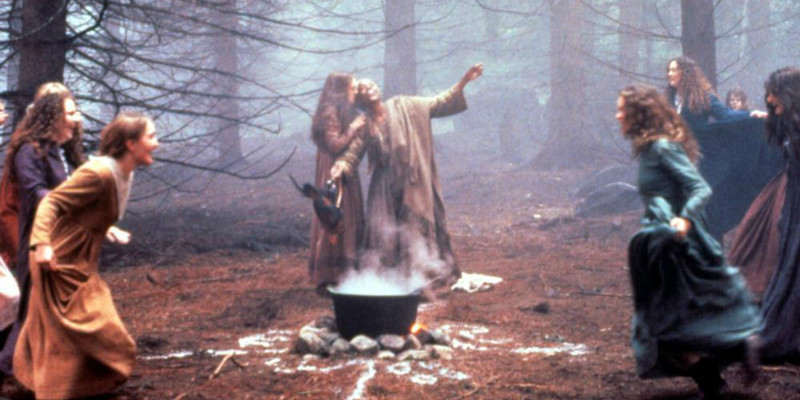In Gilmore Girls, aka the best show ever written, bright-eyed Rory Gilmore is continually seen reading a wide array of books. Whether in preparation for Harvard or for her time at Yale, she is always improving herself via literature.
Juxtapose this with Patrick Lenton, who found himself re-reading The Wheel of Time for the seventeenth time, grimly hoping the ingrained misogyny might somehow disappear if he just believed hard enough. What happened to his days of challenging himself? What about that one time he read Moby Dick and felt good for eight years? Patrick decided to take a leaf out of Rory’s books and read Rory’s books.
53.) Daughter of Fortune
Isabel Allende’s Daughter of Fortune follows the journey of a young Chilean girl raised by upper-class English Anglicans. The book is rather epic and sprawling, chasing the girl to gold-rush California in search of a lost love. Along the way she makes close friends such as Tao Chi’en, a Chinese physician, whose past the book also delves into. She meets bonebreakers, disguises herself as a homosexual man in a troupe of prostitutes, travels as a disguised cowboy and helps Chinese prostitutes escape back to China. Her search for lost love becomes simply a quest to keep moving.
I’ve read a bunch of Allende before in university, around the same time that I was on a big Gabriel Garcia Márquez kick, and I thought I had her pegged. After reading House of Spirits and Eva Luna in quick succession, I decided she wrote very similar, ethereal, magical realist books, and I kind of lost interest in reading further.

I am so glad that Rory Gilmore has made me come back to her with Daughter of Fortune. For one thing, it’s far less ethereal than some of her other books, with less of that weird magic realism trope of people being buffeted on the winds of fate, making odd choices and living with them.
Eliza, the titular Daughter of Fortune, is a headstrong character whose choices are extreme, but always backed up by the world she lives in. The examples of magic in this literary world – some ghosts and other weird things – are less prominent than in some other books, and help flesh out the thematic universe.
I loved this book: the history was fascinating, and the characters managed to be strange and lovely at the same time. But Daughter of Fortune is one of the books that nobody seems to know why it was included on the Rory Gilmore Reading Challenge list. I can’t find any reference, and I don’t remember it being referred to in the six times I’ve watched the show.

Still, it makes me think of April Nardini. Earlier in the book, there’s a theory that Eliza’s father is actually one of the English siblings that adopted her, which turns out to be true. This is vaguely similar to April’s hunt for her father, which involved a science fair DNA test, eventually exposing Luke as her oblivious parent. April Nardini’s paternity quest is very different to Eliza’s, involving science and pre-teen tenacity, more than mystery and town hearsay, but there is something almost mystical about the whole situation.

I kind of hate that storyline, to be honest, but if you somehow suspend your disbelief and imagine that it was something that actually happened to you, it might seem like a weird convergence of fate and destiny and magic, discovering that you are a father to a twelve-year-old who tracked you down using a follicle from your hair.
Curious to see the full reading list? You can view it here.
Patrick Lenton is a blogger at The Spontaneity Review and the author of A Man Made Entirely of Bats. He is the recipient of the Thiel Grant for Online Writing, and shortlisted for the Scribe Nonfiction Prize. Find him on Twitter @PatrickLenton.





